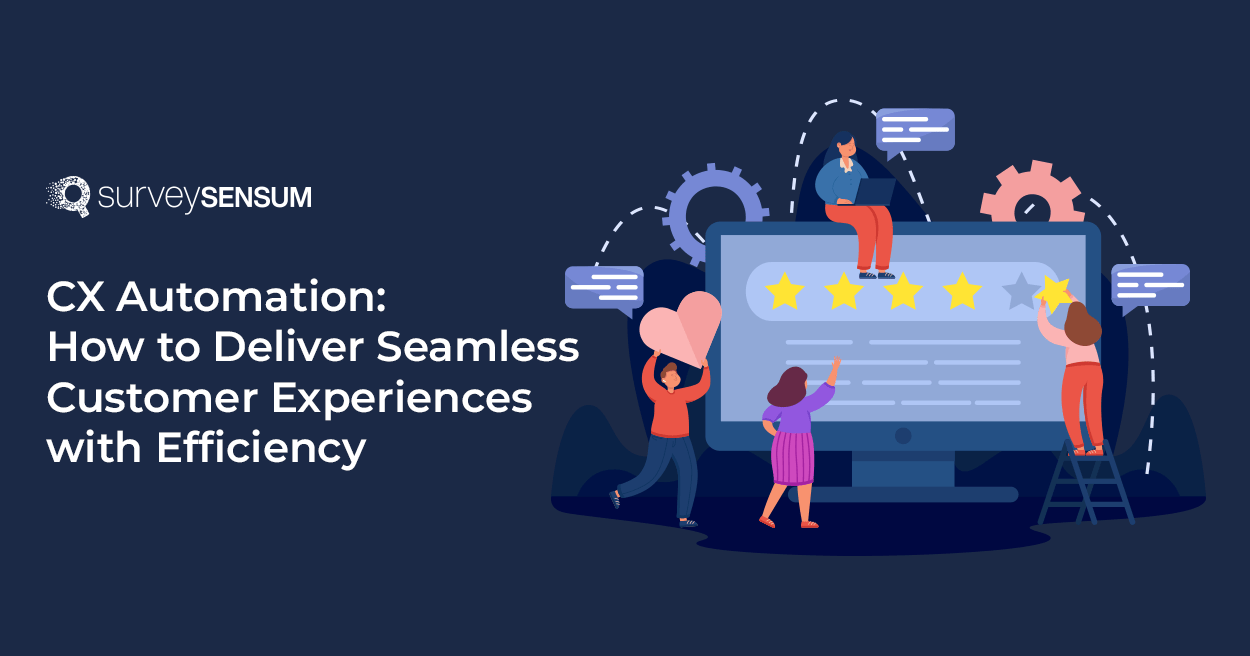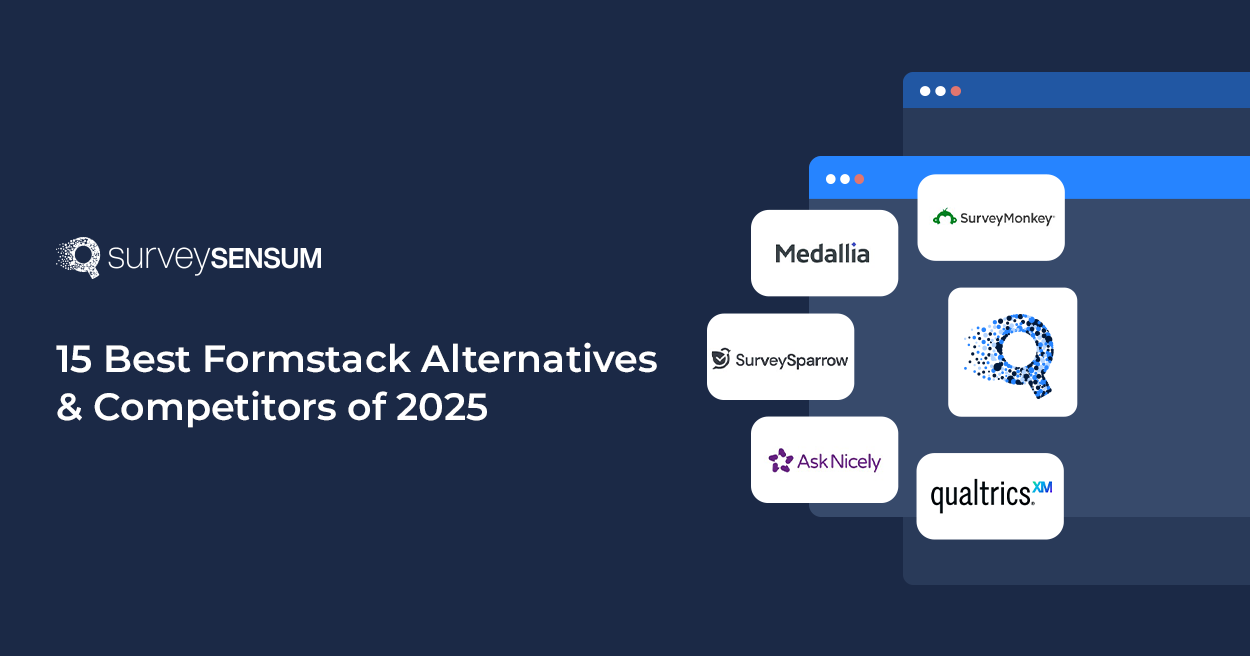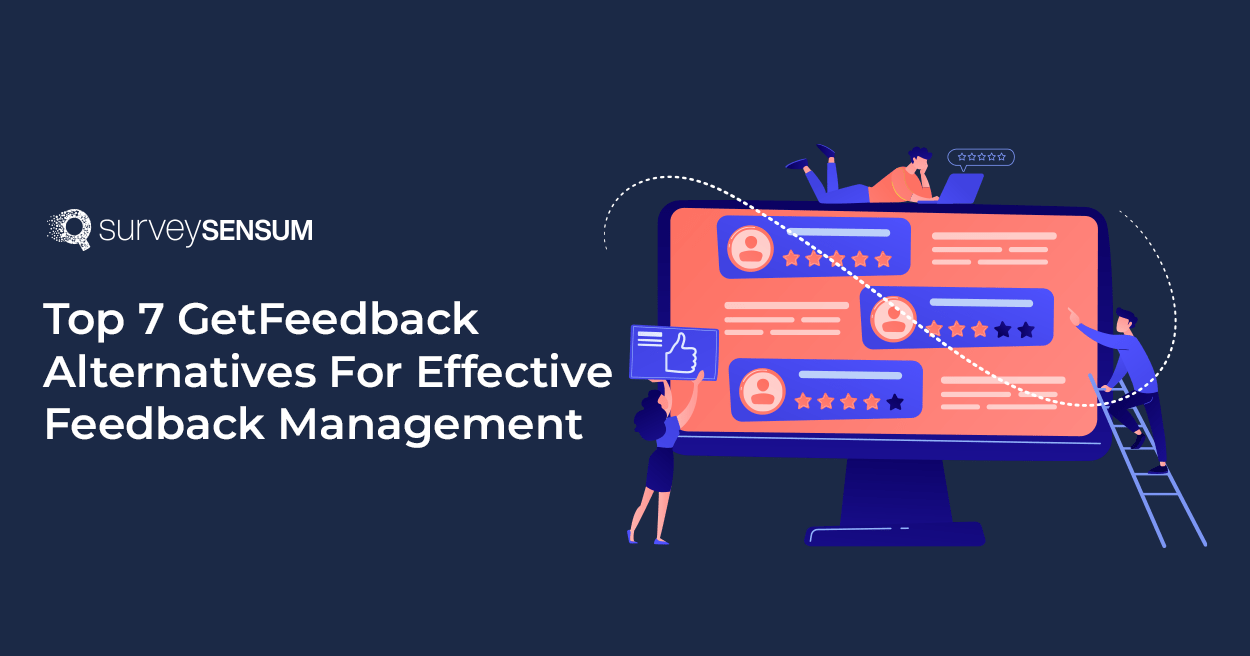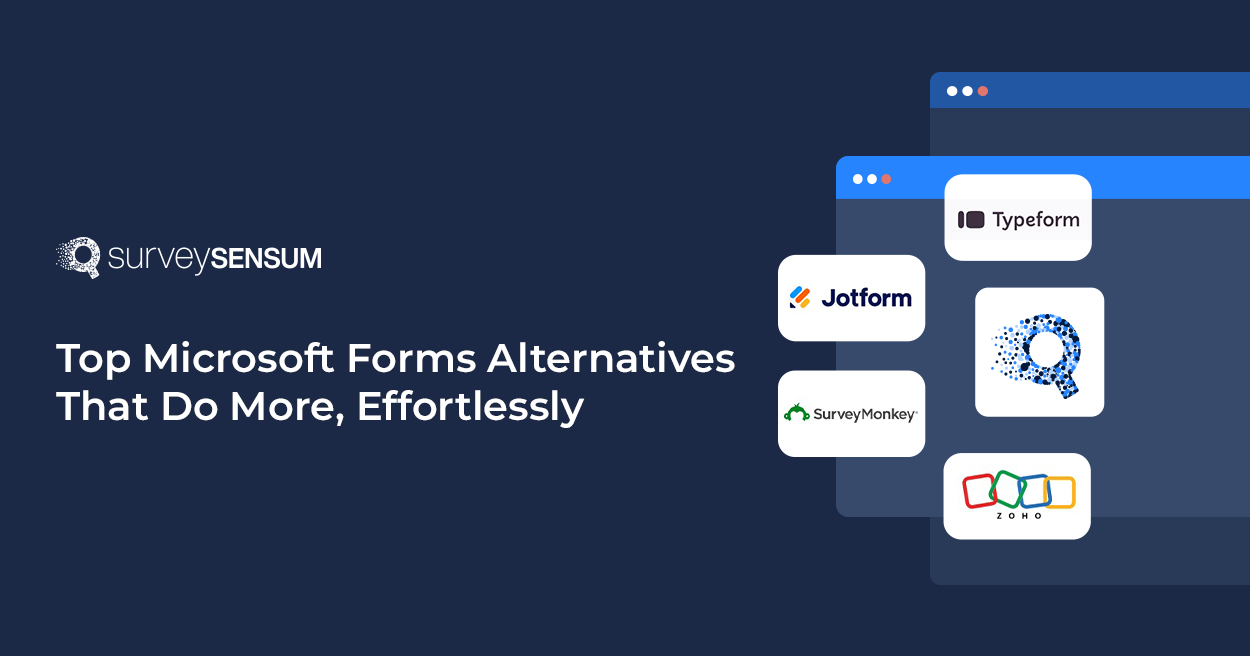

Customer experience encompasses every interaction a customer has with a business. In today’s competitive and digital landscape, CX can either build or break a brand. A survey conducted by TELUS International revealed that 65% of customers anticipate some level of CX automation in their customer journey.
CX automation involves leveraging tech terms such as AI (artificial intelligence) and RPA (robotic process automation) to automate customer support and marketing campaigns, collect and analyze customer feedback, and personalize customer experience. By adopting CX automation, businesses can enhance employee satisfaction, foster customer loyalty, reduce expenses, and drive revenue growth.
In this blog, we are going to explore the hot topic of CX automation from A to Z. Find out more about why it’s becoming increasingly popular and what businesses and customers benefit from it.
Understanding CX Automation
The use of artificial intelligence and automation in customer experience to enhance customer support operations is rapidly becoming commonplace.
However, it is advisable to rely on it only in certain situations. These technologies excel at handling repetitive tasks, but when it comes to more complex problem-solving or nuanced interactions, human involvement is essential. When formulating customer service strategies, organizations must learn how to balance automation and human interaction.
Utilizing CX automation technologies can simplify and improve interactions with customers – By reducing the number of obstacles or difficulties encountered while delivering personalized and prompt solutions.
To further enhance these efforts, businesses are increasingly turning to businesses, such as a specialized email marketing agency, which provide email and SMS marketing services that integrate with CX automation strategies, ensuring personalized, timely, and relevant automated communications.
Now let’s talk about how automation can help in delivering exceptional CX.
6 Ways Automation can help in Delivering Exceptional CX
1. Implementing Automated Customer Support
Virtual assistants and chatbots offer fast and efficient customer support. With chatbots and AI to generate responses to clients’ questions, professionals say they save around 2 hours per day.
Here are the main benefits of implementing automated customer support:
- 24/7 customer engagement: Automated customer support systems offer 24/7 assistance. This helps minimize wait times and improves overall customer satisfaction. When selecting tools, consider the best chatbot for WordPress to ensure seamless integration and optimal performance. Additionally, automated support reduces operational costs by requiring fewer resources for staffing and management.
- Prompt issue resolution: Customers are satisfied when their problems are resolved immediately, regardless of the time zone. In addition, virtual assistants and chatbots can handle large volumes of requests and offer customized solutions tailored to customer needs.
- Enable a multilingual experience: Today’s chatbots effectively conduct conversations in multiple languages, thus helping more customers by solving their inquiries. Crisp (a popular Helpscout alternative) even goes a step further, with live translation that allows agents to seamlessly take the reigns even if they’re communicating with international customers. By expanding their horizons to new regional markets, brands can build exceptional brand awareness.
- Better omnichannel communication: Chatbot marketing can be used on multiple digital platforms such as SMS, WhatsApp, Instagram, SMS, etc. Businesses can enhance customer service by utilizing various communication channels, allowing customers to reach out through their preferred platform for efficient and accurate information. Moreover, the implementation of chatbots enables personalized customer service by analyzing past communication and delivering tailored responses.
2. Personalization Through Data-driven Automation
Research by Accenture reveals that a staggering 91% of consumers are more inclined to patronize brands that acknowledge their preferences, remember their previous interactions, and offer relevant recommendations and offers; hence, it is crucial to keep watch of all of these elements, as they leverage consumer psychology on a high level.
However implementing personalization can be a difficult and time-consuming task, especially when dealing with large and diverse customer segments. However, automated tools can greatly assist in delivering personalization on a larger scale.
Here are the top four ways to use AI and data-driven automation:
- Personalized emails: Emails will never go out of fashion, especially when they are personalized. Automated tools can segment customers in seconds, considering factors such as their interests, purchase history, and behavior. Use Linkedin email finder to collect more customer information. Then AI generated emails can be crafted and sent, which include specific content, offers, and discounts tailored to each recipient.
- Personalized web experience: Dynamic content creates a personalized experience for every visitor or reader. Examples include images or offers on web pages that adapt based on the viewer’s attention. Nowadays, an AI art generator plays a pivotal role in enhancing visual elements for a more attentional web experience; for instance, they can dynamically transform images on web pages to captivate viewers and tailor content based on their preferences.”
- Personalized product recommendations: By analyzing customers’ purchase history, AI can show product recommendations that might be an exact match for the client’s needs. This saves the customer time to browse through various categories of products.
- Personalized chatbots: They use NLP (natural language processing) and ML (machine learning) to understand not only the customer’s query but their intent and sentiment as well. Then, the responses they deliver are quite helpful. AI Chatbots can also offer relevant products and convince the client to make a purchase. So, they can solve the age-old problem of failing to turn users into paying customers.
- Personalized outreach: Leveraging AI and data-driven automation, businesses tailor messages to individual customers, optimizing engagement across channels like social media and direct messaging. Tools like Linked Helper automate outreach on platforms like LinkedIn, facilitating effective connection, relationship nurturing, and conversion.
3. Automating Customer Feedback and Surveys
The Voice of the Customer refers to the feedback and opinions that customers share about their experiences with a company, product, or service. This is highly important for businesses because it serves as an indicator of whether or not anything needs to be changed.
One effective way to gather VoC is by collecting real-time customer feedback during interactions. This allows for measuring customer satisfaction and loyalty as well as addressing concerns quickly. By leveraging real-time customer feedback to gather VoC insights, businesses can boost customer retention rates and increase the number of referrals.
Many companies are now streamlining their feedback processes by automating surveys triggered by events like purchases or service interactions. These surveys capture customer sentiments over time and provide valuable insights to enhance their experience.
However, surveys alone are not sufficient for comprehending customer feedback. Businesses must also employ AI-enabled tools like Text Analytics to analyze the data collected from feedback and extract trends and patterns. These tools, often considered among the best AI tools, determine the underlying reasons behind customer contentment or discontent. This not only saves time but also helps companies allocate resources more effectively.
4. Leveraging Automated Marketing Campaigns
Marketing automation is the process of using software to perform repetitive marketing tasks, such as email marketing, drip campaigns, and lead nurturing. By automating these tasks, you can free up time for your marketing team to focus on other areas of your business.
To expand your business and connect with a broader customer base, utilizing automated email campaigns software is essential. From sending emails to posting on social media or updating your CRM, automation allows for greater efficiency and productivity
Start by clearly defining your goals and objectives for your campaigns. This could include increasing conversions, generating leads, or boosting sales. Then, select the appropriate tools and platforms based on your specific needs and budget (email marketing software, social media management tools, or marketing automation platforms), and consider hiring an email marketing specialist based on your specific needs and budget.
- Analyzing your audience’s behavior, preferences, and interests helps you divide them into specific segments and customize your content and offers accordingly.
- Be sure to test and refine your campaigns before launching them.
- Check your content for errors, ensure your links work, and run A/B tests.
- Building customer loyalty and retaining customers can be achieved by sending timely and relevant messages.
- Utilizing a customer portal can further enhance this process by providing a centralized platform for communication and engagement.
- Moreover, businesses must respect customers’ preferences and privacy throughout the campaign process.
- Avoid spamming practices and adhere to relevant laws and regulations governing data protection and privacy rights.
Implementing tools such as opt-in forms for explicit permission from customers before sending marketing materials or promotions can aid in managing campaigns effectively. Additionally, features like unsubscribe links or preference centers give customers control over their engagement levels.
5. Balancing Automation with Human Touch
Leveraging AI-powered text generators and automation tools can enhance your content and communication scripts to better engage with customers. Moreover, the integration of an AI humanizing tool like BypassGPT can further enrich the generated text, rendering it exceedingly relatable and easier to decode, thus augmenting its human-like appeal.
Relying on automation doesn’t fully satisfy customers’ needs for empathy, personalization, or complex problem-solving. That’s why finding the right balance between automation and the human touch is crucial to fostering customer engagement and loyalty.
One effective approach to striking this balance is by incorporating a touch of automation. This entails combining automated processes with human intervention or oversight. For instance, chatbots including ChatGPT or even ChatGPT alternatives can handle inquiries or tasks and defer to human agents when customers require more assistance or emotional support. Also, automated emails or messages are enriched through email lookup, enabling them to be personalized with relevant customer information. This not only streamlines interactions but also provides customers with the option to easily connect with a person for any further questions or feedback.
Another strategy to achieve this equilibrium is by harnessing the synergy between humans and automation. Humans can utilize automation to reduce their workload, enhance efficiency, or augment their capabilities. Conversely, automation tools can learn from human expertise and continuously improve their performance over time. On the other hand, humans have the ability to offer supervision, input, or adjustments to automation. Additionally, they can tackle scenarios that demand creativity, intuition, or discernment.
6. Measuring and Optimizing CX Automation
It is important to analyze the level of customer satisfaction with the available data. Three common metrics are known for their simplicity of use and analysis:
- NPS (Net Promoter Score) is a valuable tool for businesses seeking to gauge customer satisfaction, loyalty, and the likelihood of brand recommendations. It can even help predict customer churn rates and identify clients who may require additional support. NPS surveys can be conducted at any point along the customer journey and provide valuable insights for prospective customer segmentation. However, it’s worth noting that most NPS surveys require follow-ups and can sometimes create a limited perspective or “tunnel vision” effect.
- CSAT (Customer Satisfaction Score) is a metric used to gauge customer satisfaction with a business’s actions or products/services. It is usually administered after a client has completed the onboarding process to evaluate effectiveness and pinpoint areas that can be enhanced.
- CES (Customer Effort Score) shows how much effort it takes for the customer to return a product, get their questions answered, and have their issues resolved. Surveys here can help predict future purchase behavior but often lack customer segmentation. Businesses should consider adding follow-up questions that allow customers to share their specific experiences and provide valuable feedback regarding any issues they may have encountered.
To improve customer experience automation, businesses need to gather feedback and data insights from various sources. These include surveys, reviews, analytics, and customer service interactions. Proper address data cleansing ensures that customer records are accurate and up-to-date, which is crucial for delivering personalized and seamless CX automation. By analyzing this information, companies can identify the strengths and weaknesses of their CX automation.
They can also uncover opportunities and threats in the market. Once equipped with these insights, businesses can then make improvements to their CX automation. This may involve adding new features, fixing bugs, personalizing content, or integrating with other platforms.
In the near future, it’s expected that more and more companies will use CX automation. That will inevitably lead to increased competition and, therefore, improvements in the AI models themselves. Automation will go beyond chatbots and voice assistants. It’s going to be about building a holistic system that addresses every step of the customer journey.
Conclusion
With the advancement of technology, companies can reap the benefits of CX automation. And they are not a few—customers can get answers to many of their questions instantly, receive meaningful and useful emails, enjoy personalized experiences and offers, have better user onboarding, and much more. The more happy clients, the better for your business. Your customer base and brand awareness will naturally increase, leading to more engagement and sales. What more could you strive for?














